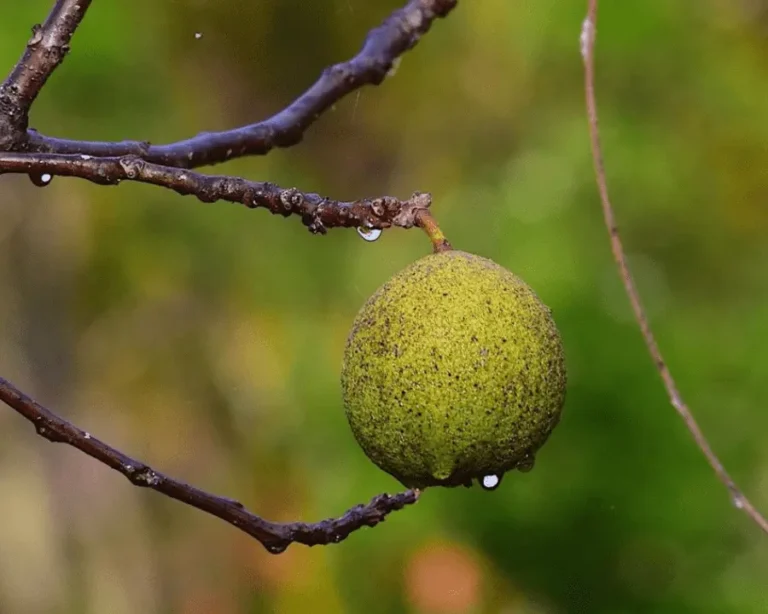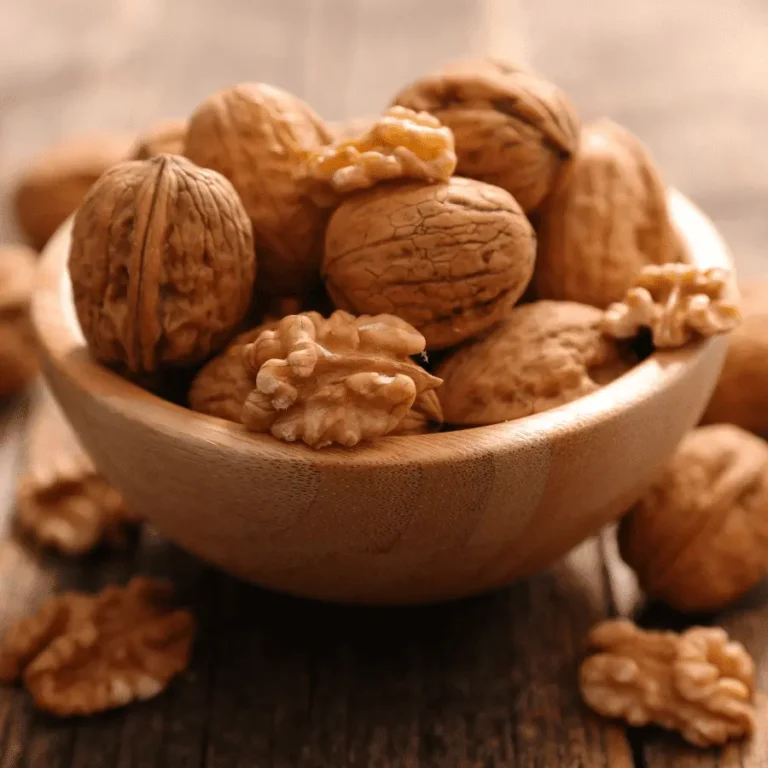Akhrot Tree in Pakistan Discover the Richness-Walnut Tree
The Akhrot tree, also known as the walnut tree, is a highly valued plant in Pakistan. In addition to North and South America, Europe, and Asia, this tree belongs to the Juglandaceae family. The Akhrot Ka tree is popular in Pakistan for its nutritious nuts, rich in healthy fats and protein.
The English walnut tree is among Pakistan’s most widely cultivated types .
It is known for producing high-quality nuts and can adapt well to different growing conditions. However, other varieties of the these trees are also grown in various parts of Pakistan, including Gilgit-Baltistan , Hunza, Nager, and Kashmir.
To cultivate an Akhrot tree successfully, you must understand the tree’s characteristics and best practices. With proper care, these trees can produce abundant, healthy nuts highly prized in Pakistan and worldwide.
“Get premium quality Akhrot Giri at affordable prices in Pakistan with free home delivery. Order now from Phamolorganics for a healthy snacking experience.”
What is Walnut Tree:
These tree is a deciduous trees that belong to the Juglandaceae family, which includes other nut-producing trees like hickories and pecans. Farmers primarily cultivate it for its edible nuts and wood.
Brief Overview of the Importance of Akhrot Trees:
These trees are valuable both for their nuts and wood. Nuts are a popular ingredient in baking and cooking and a good source of nutrients like protein, healthy fats, and antioxidants. People highly value the wood of walnut for its durability and attractive appearance, and it commonly finds use in furniture making, flooring, and other decorative applications.

Table of Contents
Height and Spread of the Akhrot kaTree:
These trees are large, typically reaching 50 to 100 feet tall, with a spread of 50 to 75 feet. It depends on the tree species and its growing conditions and how large it will be.
Bark Texture and Color:
Usually, These trees’ bark is greyish-brown, ridged, and furrowed with deep furrows. In addition to being rough and scaly, the bark has deep fissures running through it.
Leaf Shape and Size:
English Walnut tree leaves are compound and pinnate, with each leaf comprising 5 to 25 leaflets. There are serrated edges on the leaflets, and the leaflets are lance-shaped. It varies from species to species how big the leaves are, but they typically range from 1 to 2 feet long.
Nut Characteristics:
These Tree nuts are encased in a hard outer shell surrounded by a green, fleshy husk that splits open as the nut matures. The nuts are oval-shaped with a wrinkled surface and a hard, woody shell.The edible shell of the walnut contains a rich source of protein, healthy fats, and antioxidants. Kernels vary in flavour depending on species but are generally nutty and sweet.
Native Range of Walnut Trees:
North and South America, Europe, and Asia are native zones of Akhrot ka trees. There are several species of walnut trees, each with its specific native range.
Preferred Growing Conditions:
It prefer well-drained soil rich in nutrients, and they grow best in areas that receive plenty of sunlight. They can tolerate a range of temperatures and can survive in both hot and cold climates.
Regions Where They are Commonly Found:
These trees are widely cultivated worldwide and can be found in many regions. It is common to find them in the eastern United States and California in North America. Several European countries have them, such as France, Italy, and Romania. In Asia, they are found in China, Iran, Pakistan and Turkey, among other countries. They are also grown in other regions of the world, including Australia and New Zealand.

Reproduction and Pollination:
Akhrot tree is dioecious, meaning that there are separate males and females. The male trees produce catkins, which release pollen into the air, and the female trees produce flowers that are receptive to the pollen. Pollination occurs when the wind carries the pollen from the male catkins to the female flowers. Once pollinated, the flowers develop into fruit, which contains the nut.
Growth and Development:
Akhrot ka tree grow slowly and can take several years to begin producing nuts. The trees typically begin producing nuts after 5 to 7 years and reach peak nut production at around 20 to 30 years of age. Walnut trees can live for several hundred years, with some species having a lifespan of up to 400 years.
The Lifespan of a English Walnut Tree:
Akhrot ka tree has varying lifespans depending on their species and growing conditions. A Akhrot tree in Pakistan can live for several hundred years, with some species reaching 400 years old. The tree’s growth rate slows as it ages, but it can continue producing nuts for many years. Factors that can affect the lifespan of a walnut tree include disease, pests, and environmental stress. Proper care and maintenance can help to prolong the life of the tree.
Environmental Benefits of Walnut Trees:
It provide a range of environmental benefits, including reducing soil erosion, improving water quality, and providing habitat for wildlife. As a result, the tree’s deep roots stabilise the soil, preventing erosion, and the fallen leaves and branches add nutrients to the soil. Additionally, the tree provides a habitat for birds and small animals.
Commercial and Culinary Uses of Walnuts:
As an ingredient in sweet and savoury dishes, walnuts can be used in various ways, including baking, cooking, and snacking. It is often used as a healthy snack due to its high protein, healthy fats, and antioxidant content. These nuts have various commercial applications in addition to their culinary uses. Companies utilize walnuts to produce cosmetics, soaps, and woodworking products.


Economic Impact of Akhrot Tree Cultivation:
The cultivation has a significant economic impact, both locally and globally. The global market for walnuts is growing, with demand increasing for nuts and wood. Cultivation can provide a source of income for farmers and landowners and help support local economies. Additionally, the wood of walnut trees is highly valued for its beauty and durability and is often used in high-end furniture, flooring, and other decorative applications, providing a source of income for woodworkers and artisans.
Threats to Walnut- Akhrot Tree Populations:
These trees is facing a range of threats that are impacting their populations. One of the biggest threats is the spread of pests and diseases, such as the walnut twig beetle and thousand cankers disease. These pests and diseases can weaken or kill the tree and have caused significant damage to english walnut tree populations in some regions. Furthermore, habitat loss and deforestation impact Akhrot tree populations, as developers and farmers cut down trees to clear land for their respective activities.
Conservation Efforts to Protect and Restore English Walnut Trees:
Efforts are underway to protect and restore These trees and their habitats. Conservationists and researchers are working to develop new varieties of Akhrot ka tree that are more resistant to pests and diseases.
Additionally, efforts are underway to protect and restore the natural habitats of these trees through reforestation and other conservation initiatives. Some regions encourage landowners to plant walnut trees as part of agroforestry systems, offering multiple environmental and economic benefits.
By working to protect and restore walnut trees and their habitats, we can help ensure these valuable trees’ long-term survival.
Conclusion
Akhrot Tree are a valuable resource, both for their nuts and wood. They provide a range of environmental benefits and support local economies through their cultivation and use in various commercial and culinary applications. However, walnut trees face various threats impacting their populations, including pests, diseases, and habitat loss.
The future outlook for This tree conservation and cultivation is promising, as efforts are underway to protect and restore these valuable trees. By developing new varieties of walnut trees that are more resistant to pests and diseases and protecting and restoring their natural habitats, we can help ensure these important trees’ long-term survival.
Additionally, the growing demand for These nuts and walnut products is creating new opportunities for farmers and entrepreneurs and is driving innovation in the cultivation and processing of walnuts.
By working together to support the conservation and cultivation of walnut trees, we can ensure they continue providing valuable benefits for future generations.






